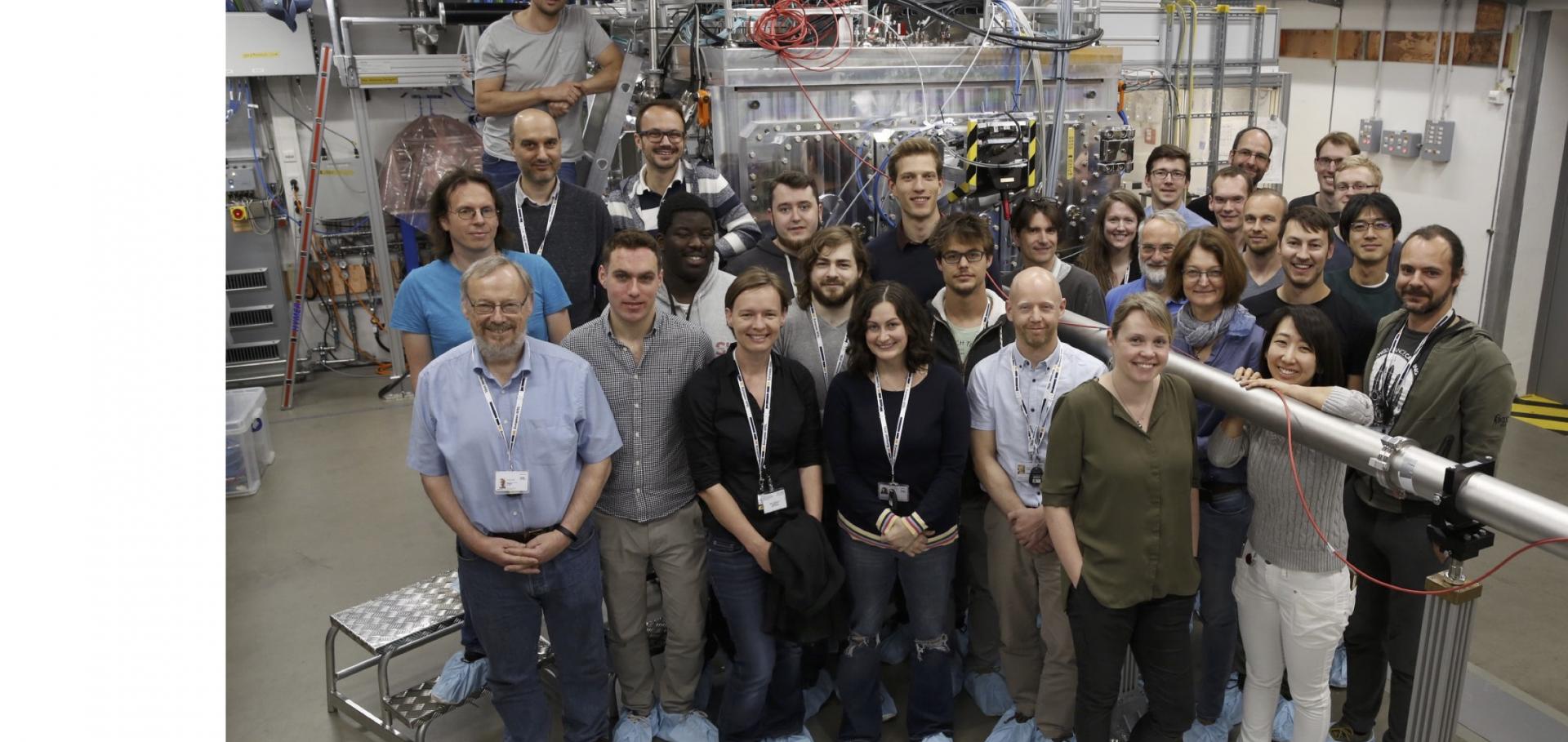Opacity effects in a solid-density aluminium plasma created by photo-excitation with an X-ray laser
High Energy Density Physics Elsevier 11 (2014) 59-69
Combined Hydrodynamic and Diffraction Simulations of Femtosecond X-ray Scattering from Laser-Shocked Crystals
Journal of Physics Conference Series IOP Publishing 500:15 (2014) 152016
Investigations into rapid uniaxial compression of polycrystalline targets using femtosecond X-ray diffraction
Journal of Physics Conference Series IOP Publishing 500:11 (2014) 112063
Shock waves in polycrystalline iron: Plasticity and phase transitions
Physical Review B American Physical Society (APS) 89:14 (2014) 140102
Density functional theory calculations of continuum lowering in strongly coupled plasmas.
Nature communications 5 (2014) 3533-3533


